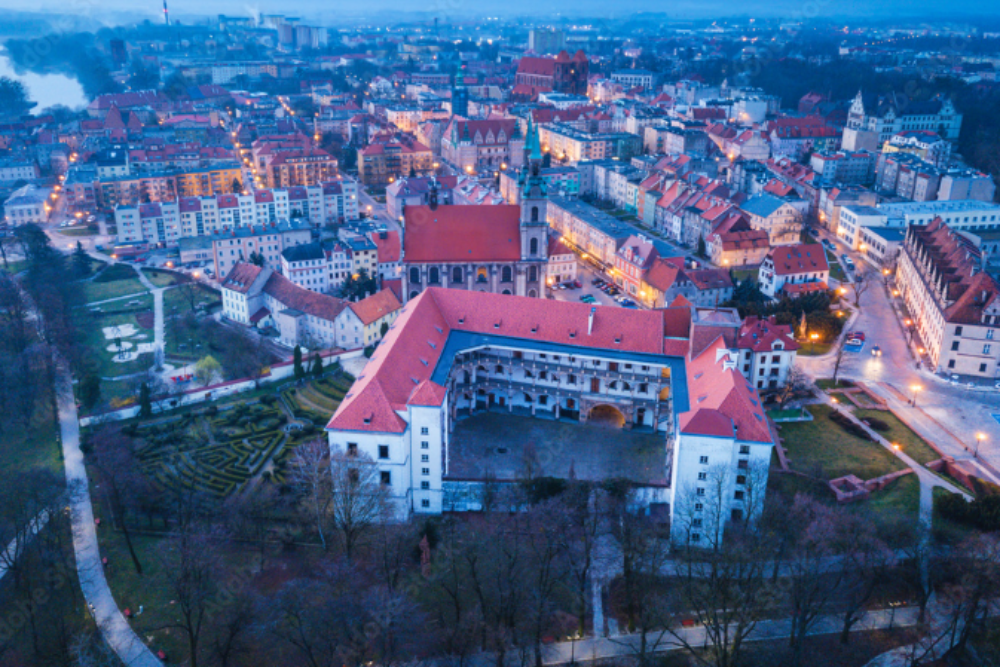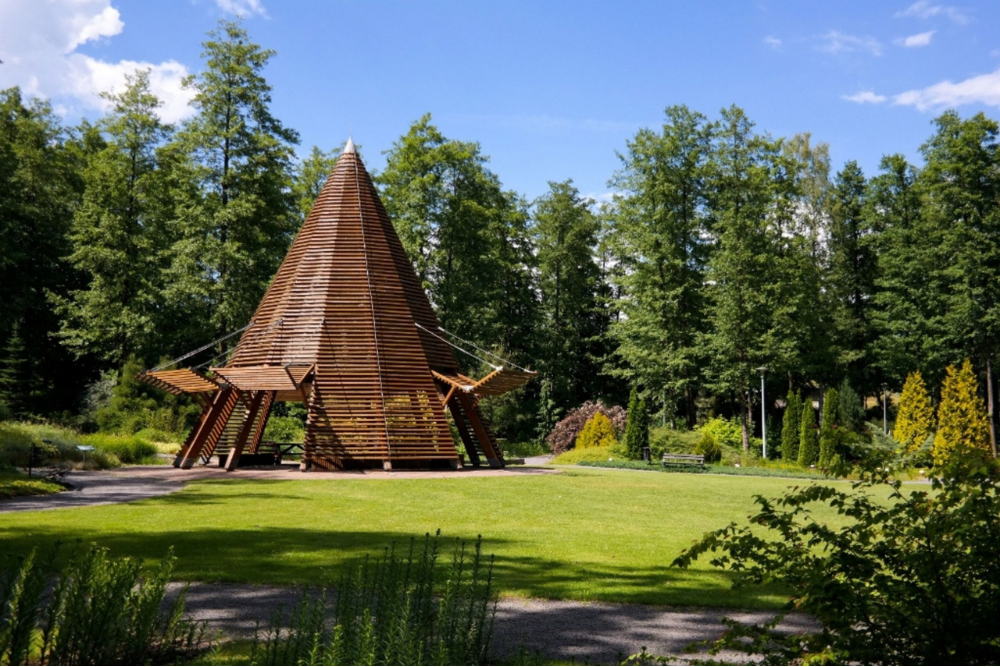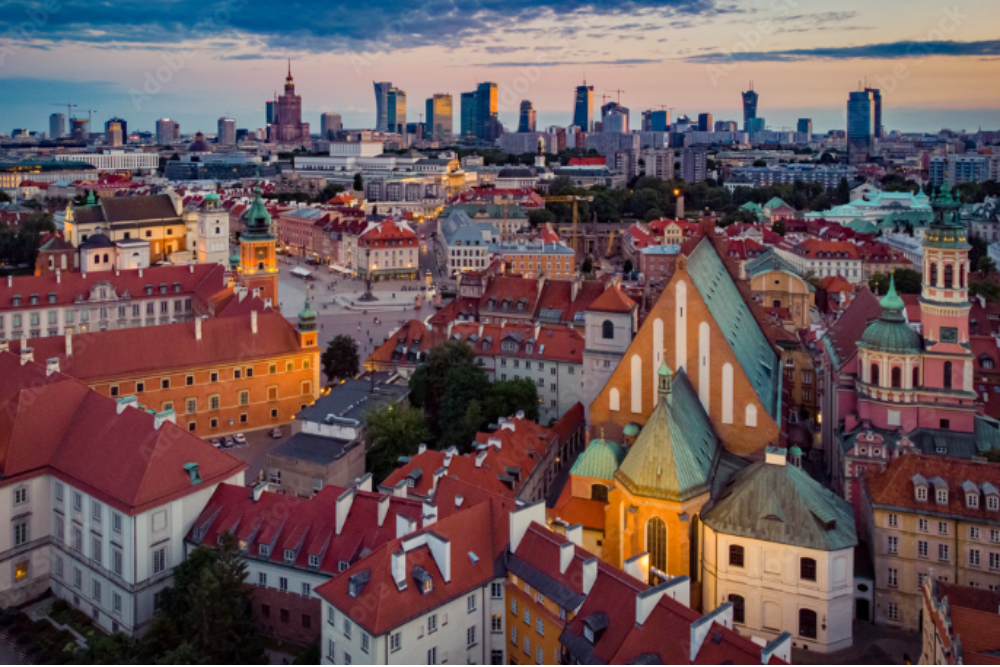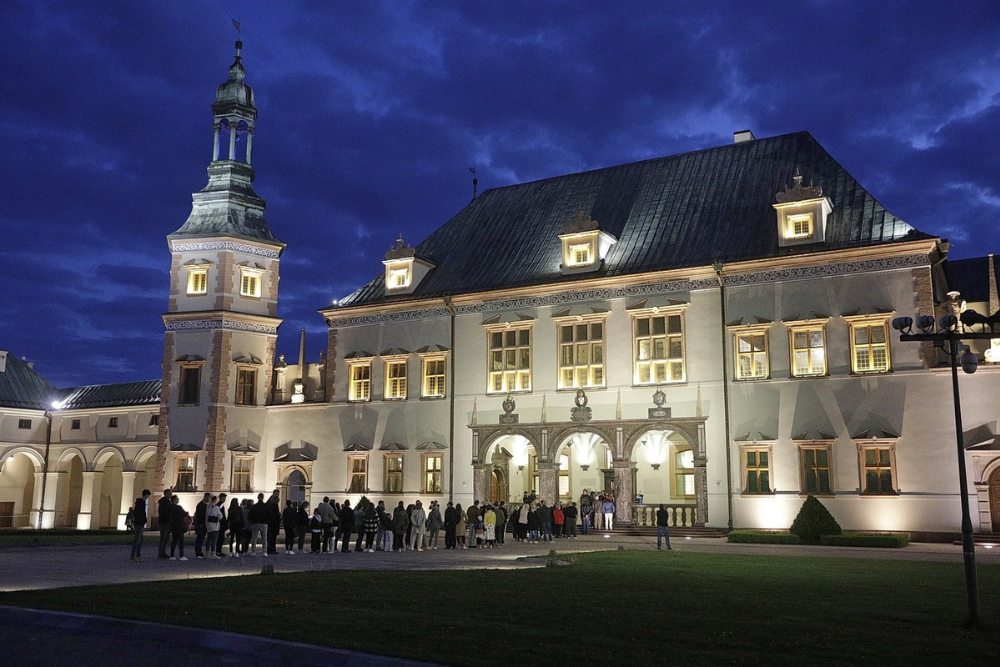Vietnam’s history is one of resilience, transformation, and deep cultural significance. Among the most poignant chapters in the nation’s story are the wars that shaped its landscape and people. While the conflict with France and the subsequent war with the United States left indelible scars on the country, Vietnam has emerged stronger, maintaining its rich cultural heritage while commemorating its tumultuous past. Visiting Vietnam’s war museums and historic sites provides a profound, often emotional, journey through the struggles and triumphs that have defined the nation.

From the bustling streets of Ho Chi Minh City to the tranquil regions up north, the country is dotted with museums, memorials, and battlefields that tell the tales of courage, loss, and unity. These locations offer invaluable insight into Vietnam’s history, bringing to life the stories of those who fought for independence, freedom, and peace.
1. War Remnants Museum (Ho Chi Minh City)
Located in Ho Chi Minh City (formerly Saigon), the War Remnants Museum is one of the most significant war-related sites in Vietnam. The museum offers a sobering and eye-opening account of the Vietnam War, focusing on the impact of the conflict on the country’s civilian population.
- What to Expect: The museum is filled with powerful exhibits that include photographs, military equipment, and dioramas, showcasing the brutality of war. One of the most moving sections is the display on the use of Agent Orange, which continues to affect the health of many Vietnamese today.

- Highlights: The museum’s outdoor area is home to military vehicles, including tanks, planes, and helicopters used during the war. Inside, there are harrowing photographs from war correspondents that offer a glimpse into the devastating toll the war had on the nation. A key feature is the “Requiem” exhibition, a collection of photos taken by foreign journalists who lost their lives during the war.
2. Cu Chi Tunnels (Ho Chi Minh City Area)
A short drive from Ho Chi Minh City, the Cu Chi Tunnels are a vast network of underground tunnels used by the Viet Cong during the Vietnam War. The tunnels provided shelter, storage, and a means of transportation, enabling the Vietnamese to evade airstrikes and ground attacks.
- What to Expect: Visitors can explore sections of the tunnel system, which was dug by hand, and experience firsthand how the guerrilla fighters lived in these cramped, dark spaces. The tunnels also contain booby traps and living quarters, offering a glimpse into the harsh realities of the war.

- Highlights: Guided tours are available, where you can crawl through the tunnels (if you’re up for it!), witness demonstrations of wartime traps, and learn about the tactics used by the Viet Cong to outsmart superior forces.
3. My Lai Massacre Memorial (Quang Ngai Province)
The My Lai Massacre Memorial in Quang Ngai Province is a sobering reminder of the atrocities that occurred during the Vietnam War. In 1968, during the Tet Offensive, American soldiers killed hundreds of unarmed Vietnamese civilians in the village of My Lai.
- What to Expect: The memorial site includes a museum and a moving collection of exhibits that detail the events of the massacre. The area features photographs, testimonies, and personal accounts that help visitors understand the horrific scale of the incident.

- Highlights: The memorial is a powerful and emotional experience that honors the victims of the massacre. It serves as a reminder of the human cost of war and the importance of peace and reconciliation.
4. The DMZ (Demilitarized Zone)
The Demilitarized Zone (DMZ), located in central Vietnam along the border with North Vietnam, was the area that separated the North and South during the war. Today, it is a historical site that provides insight into the geopolitical tensions that defined the conflict.
- What to Expect: The DMZ is home to several war-related sites, including the Vinh Moc Tunnels, where civilians lived underground to avoid bombings, and the Khe Sanh Combat Base, one of the most intense battlefields during the war.
- Highlights: Visitors can also explore Doc Mieu Base and the Ben Hai River, which once marked the official dividing line between North and South Vietnam. The Quang Tri Citadel, a historical site dating back to the 17th century, also stands as a reminder of the war’s effects on the country’s ancient sites.

5. Hanoi’s Hoa Lo Prison (Hanoi)
Known as the Hanoi Hilton during the Vietnam War, Hoa Lo Prison was used by the French colonialists to imprison Vietnamese nationalists and later by the North Vietnamese to detain American prisoners of war (POWs).
- What to Expect: The prison museum offers a detailed history of the facility’s use, including the harsh treatment of prisoners under both French and North Vietnamese rule. While part of the museum focuses on the Vietnamese struggle for independence, it also includes accounts of the American POWs, many of whom were later released in the 1970s.

- Highlights: The exhibits include personal items of former prisoners, along with an extensive collection of photographs and artifacts. The museum’s display on John McCain, the American politician who was once a prisoner here, is a significant part of the experience.
6. The Imperial Citadel of Thang Long (Hanoi)
While not strictly a war museum, the Imperial Citadel of Thang Long in Hanoi is a UNESCO World Heritage site that played a pivotal role during the Vietnam War. The citadel was a key military command center, especially during the resistance against French colonial forces and later during the war with the United States.
- What to Expect: The site includes the remains of a royal palace dating back to the 11th century, along with artifacts from the wars. The site’s historical significance adds a deeper layer of understanding to Vietnam’s war-torn past.
- Highlights: Visit the D67 Underground Bunker, used by the leadership of North Vietnam during the war. The site offers a rich history, with both cultural and military elements, telling the story of Vietnam’s resistance against foreign invaders.

7. The Ho Chi Minh Trail
The Ho Chi Minh Trail was a secret network of roads and paths used by North Vietnam to transport troops, weapons, and supplies from the north to the south. It became one of the most iconic and strategically significant routes during the Vietnam War.
- What to Expect: While the trail was heavily bombed during the war, much of it remains intact. Today, visitors can follow sections of the trail through beautiful mountainous landscapes and experience the challenge of navigating the rugged terrain that was once essential to the war effort.

- Highlights: Along the trail, there are several memorial sites and relics from the war. Visiting the Phong Nha-Kẻ Bàng National Park also provides an opportunity to explore caves and tunnels that were once used for military purposes.
8. Cu Lao Cham Island (Quang Nam Province)
While known for its idyllic beaches, Cu Lao Cham Island was also a strategic military site during the Vietnam War. The island’s natural beauty was marred by the conflict, but today it offers a peaceful place to reflect on its role in the war.
- What to Expect: The island’s pristine beaches and crystal-clear waters are ideal for relaxation and snorkeling. However, history buffs will appreciate learning about its role in the war and how the area was used for both strategic and refuge purposes.

- Highlights: Cu Lao Cham offers a mix of nature and history, making it perfect for those who want to explore both aspects of Vietnam’s heritage.
Conclusion
Vietnam’s war museums and historic sites provide an opportunity to reflect on the complex and painful history of the country. These locations not only offer a deeper understanding of the Vietnam War but also remind us of the importance of peace and the enduring spirit of resilience. Whether visiting the emotional War Remnants Museum in Ho Chi Minh City or exploring the tunnels of Cu Chi, each site offers a moving tribute to the struggles and sacrifices that have shaped Vietnam’s history. For anyone seeking a deeper connection to Vietnam, these war museums and historical landmarks are essential stops on your journey through the country.











